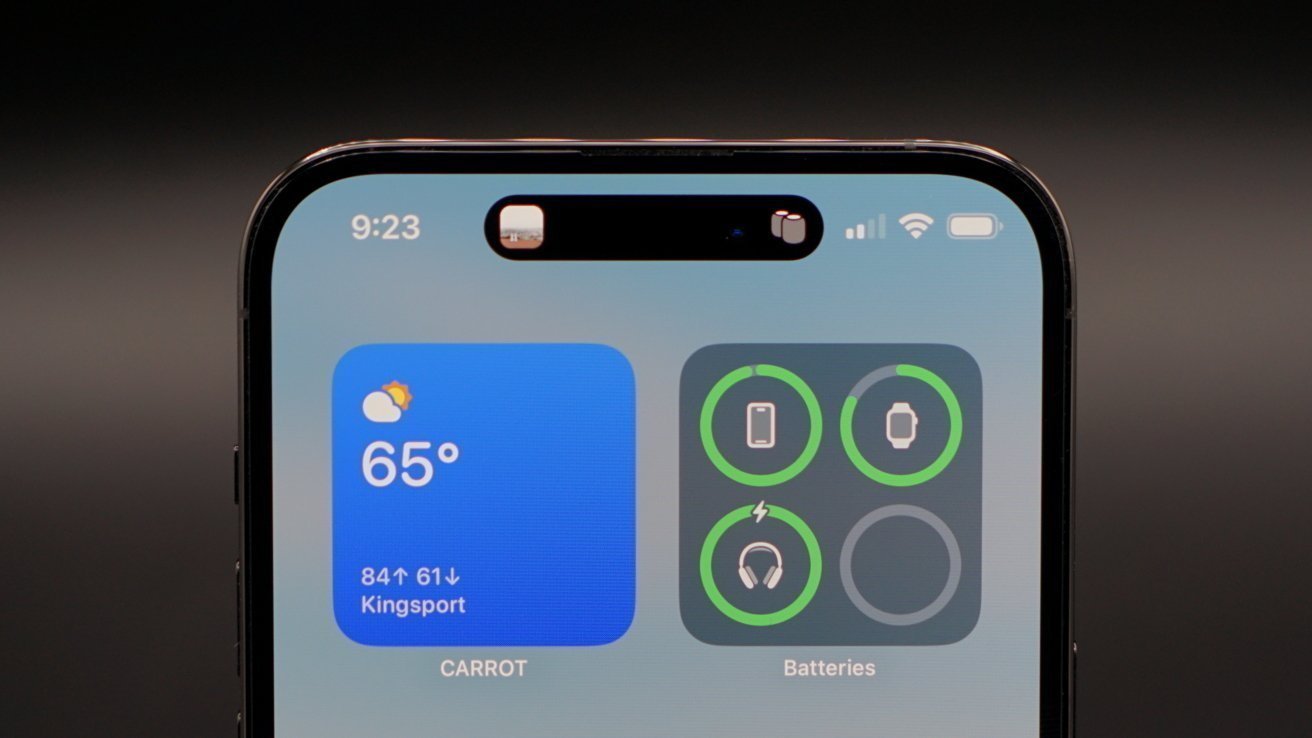The iPhone 18 Pro models will have an under-display Face ID system, a leaker claims, reviving a long-time rumor for the 2026 model.
The idea of an iPhone that loses sight of the front-facing camera by hiding it under the screen has long been a concept that could revolutionize the smartphone’s appearance. If a leaker is correct, then it should arrive with the iPhone 18 generation.
In a post to Weibo on Monday, “Digital Chat Station” posted that they had checked out the Apple supply chain, and found out some information about the front-facing cameras. For the iPhone 18 Pro and Pro Max, the leaker says the 3D depth mapping system used to power Face ID is “under the screen.”
However, the same cannot be said for the iPhone 18 and the iPhone 18 Air. For those devices, there’s a “regular 21 hole digging,” which seems to mean there will be a visible camera for those models.
The leaker doesn’t offer any other details relating to the smartphones in the post, other than the discussion of an under-screen Face ID system.
Among Weibo leakers, Digital Chat Station has a fairly good track record when it comes to Apple-related products. The account has previously offered leaks about the iPhone Fold display, and the use of an under display Face ID system in a future foldable iPad.
Repeatedly invisible
The probability of the latest Face ID Weibo leak for the iPhone being real is aided by previous rumors. Various forecasts have been raised about the concept, and how it should be arriving in the iPhone 18 generation, though it has been teased for previous models too.
In late 2023, reports claimed that the under-screen Face ID feature won’t arrive until “after 2026,” with it being an iPhone 18 feature at the earliest. It reappeared in May 2024, with a 2026 release anticipated after being “pushed back” from the iPhone 17 generation.
The challenge of creating a camera under the display is complicated by it being used for Face ID. It also has to account for the use of infrared dot emitters, barring a major refresh to how Face ID functions at a fundamental level.
Even so, it’s been talked about enough by the rumor mill and analysts that it feels like it should be on the way next year. So long as Apple solves the engineering problem.





